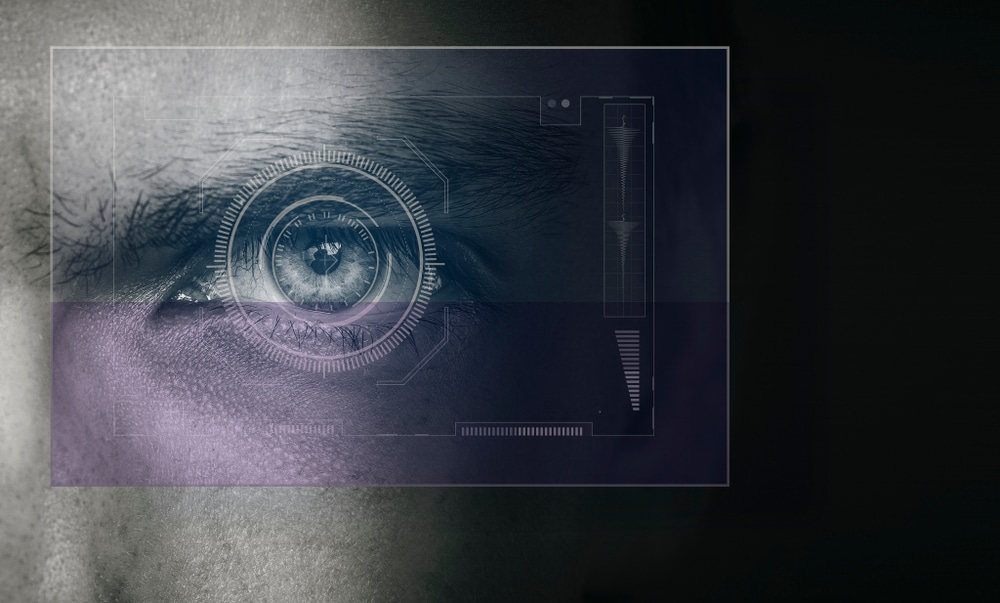Imagine a future in which A.I.s automatically interpret—and enforce—laws. All day and every day, you constantly receive highly personalized instructions for how to comply with the law, sent directly by your government and law enforcement.
You’re told how to cross the street, how fast to drive on the way to work, and what you’re allowed to say or do online—if you’re in any situation that might have legal implications, you’re told exactly what to do, in real-time.
Imagine that the computer system formulating these personal legal directives at mass scale is so complex that no one can explain how it reasons or works. But if you ignore a directive, the system will know, and it’ll be used as evidence in the prosecution that’s sure to follow.
According to SLATE, This future may not be far off—automatic detection of lawbreaking is nothing new. Speed cameras and traffic-light cameras have been around for years. These systems automatically issue citations to the car’s owner based on the license plate. In such cases, the defendant is presumed guilty unless they prove otherwise, by naming and notifying the driver.
In New York, A.I. systems equipped with facial recognition technology are being used by businesses to identify shoplifters. Similar A.I.-powered systems are being used by retailers in Australia and the United Kingdom to identify shoplifters and provide real-time tailored alerts to employees or security personnel. China is experimenting with even more powerful forms of automated legal enforcement and targeted surveillance.
Breathalyzers are another example of automatic detection. They estimate blood alcohol content by calculating the number of alcohol molecules in the breath via an electrochemical reaction or infrared analysis (they’re basically computers with fuel cells or spectrometers attached).
And they’re not without controversy: Courts across the country have found serious flaws and technical deficiencies with Breathalyzer devices and the software that powers them.
Despite this, criminal defendants struggle to obtain access to devices or their software source code, with Breathalyzer companies and courts often refusing to grant such access.
In the few cases where courts have actually ordered such disclosures, that has usually followed costly legal battles spanning many years.
A.I. is about to make this issue much more complicated, and could drastically expand the types of laws that can be enforced in this manner.
Some legal scholars predict that computationally personalized law and its automated enforcement are the future of law. These would be administered by what Anthony Casey and Anthony Niblett call “microdirectives,” which provide individualized instructions for legal compliance in a particular scenario.
Made possible by advances in surveillance, communications technologies, and big-data analytics, microdirectives will be a new and predominant form of law shaped largely by machines.
They are “micro” because they are not impersonal general rules or standards, but tailored to one specific circumstance. And they are “directives” because they prescribe action or inaction required by law.
A Digital Millennium Copyright Act takedown notice is a present-day example of a microdirective. The DMCA’s enforcement is almost fully automated, with copyright “bots” constantly scanning the internet for copyright-infringing material, and automatically sending literally hundreds of millions of DMCA takedown notices daily to platforms and users.
A DMCA takedown notice is tailored to the recipient’s specific legal circumstances. It also directs action—remove the targeted content or prove that it’s not infringing—based on the law.
It’s easy to see how the A.I. systems being deployed by retailers to identify shoplifters could be redesigned to employ microdirectives. In addition to alerting business owners, the systems could also send alerts to the identified persons themselves, with tailored legal directions or notices.










